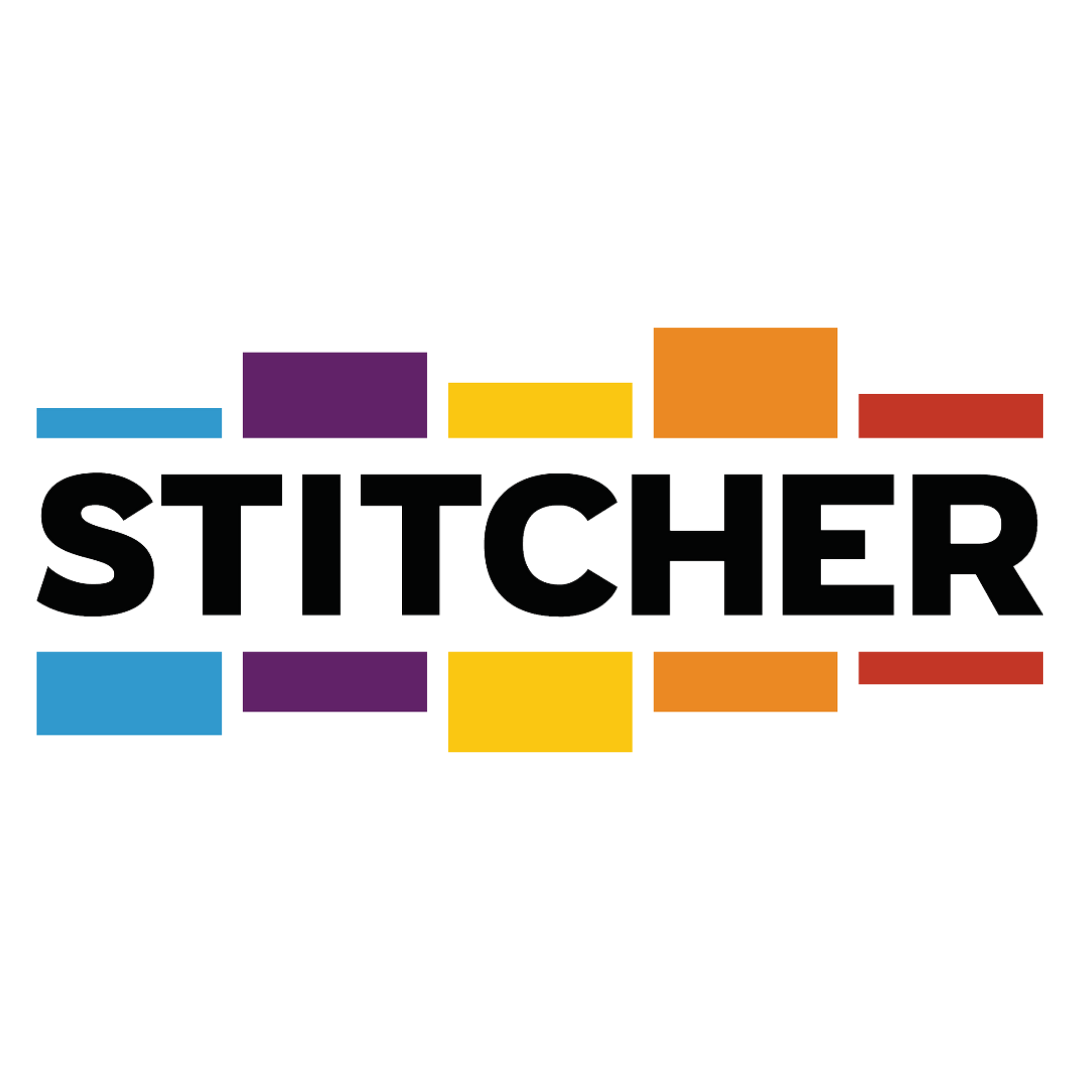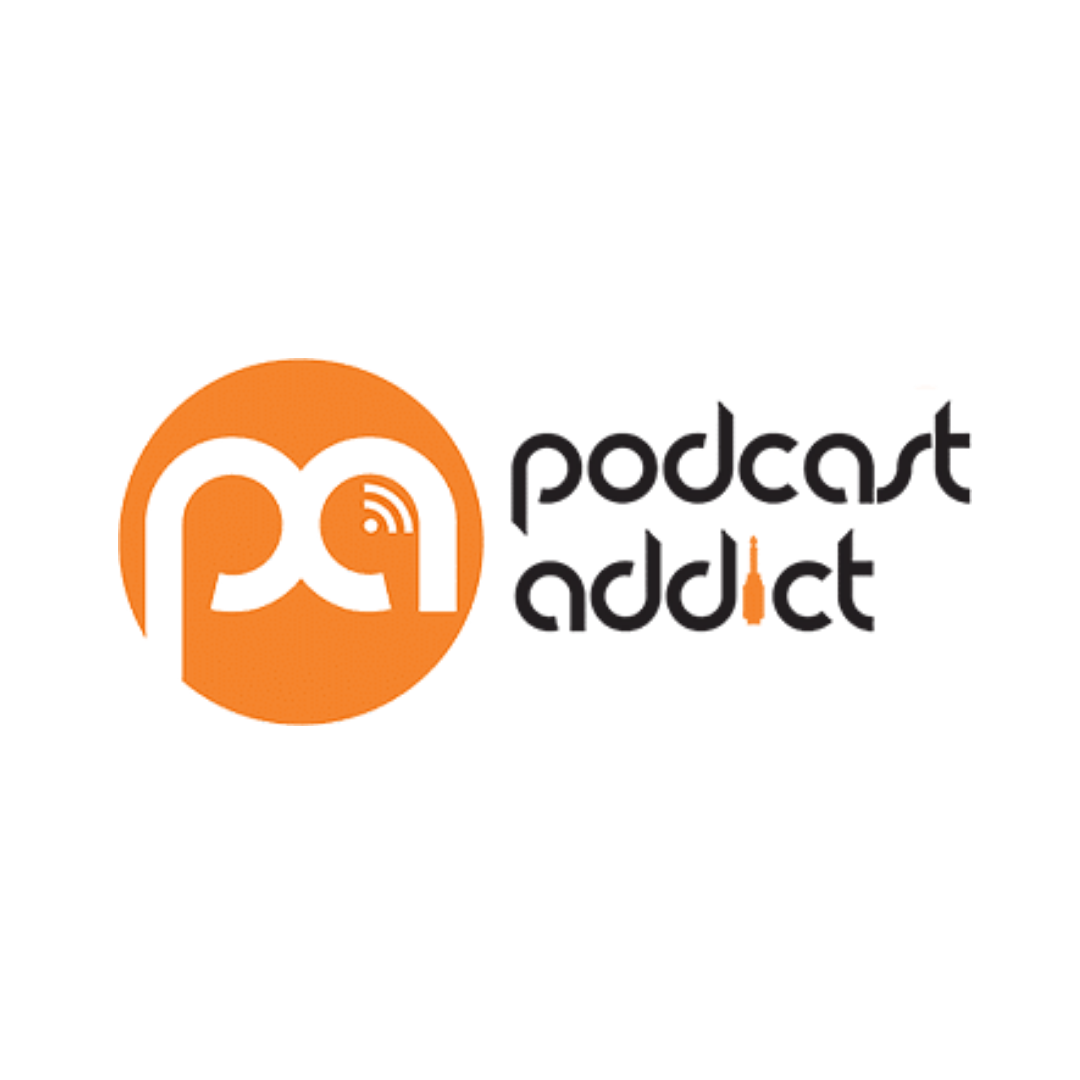Becoming A Company Of One
Join Our Newsletter
Introduction
In this episode, I share my journey starting in business, how the business developed, grew, transitioned to virtual working and then reversed course to become what is now Azrights International Ltd.
Show Notes
With Bill Gates' quote in mind, that most people overestimate what they can do in a year and underestimate what they can do in 10. Using Paul Jarvis' book, and using Paul Jarvis' book, A Company of One for inspiration, I'm thinking through my 10 year plan for the Azrights business and the Brand Tuned podcast.
This episode covers:
- The business journey of Azrigths
- The steep learning curve involved in learning how to design brands.
- When you create a brand and choose identifiers you create intellectual property
- How IP laws determine whether identifiers will be distinctive enough to own and cost effective enough to protect
- The difference between distinctiveness and differentiation
- How use of colour can create distinctiveness.
- Why a brand protection strategy needs to be an inherent aspect of brand strategy.
Valuable Resources:
Brand Tuned Scorecard
Brand Tuned Accelerator
www.brandtuned.com
Transcript
Shireen Smith: When I started in business in 2004, I traded as Azrights Solicitors, a regulated law firm. I assumed my goal should be to grow the business and exit for a lump sum.
Hello and welcome to the Brand Tuned podcast, which discusses all things brand related, including the essential trademark and IP dimension. I'm your host, Shireen Smith, IP lawyer, Brand Manager, and author of Brand Tuned the new rules of branding strategy and intellectual property.
There is no such thing as an overnight success. If there is anything you’re doing which isn’t succeeding in the way you’d like, remember that there is no such thing as an overnight success.
In my case, I wish this podcast had more than 10,000 downloads, but there again when I set up the podcast two years ago on 6 May I was primarily aiming to use the podcast as a way to learn more about branding and to be able to interview people for the book I wanted to write. The aim behind the book was to position me as an advisor on brand creation as well as brand protection, something I’d been involved in for more than 15 years. I could see the problems that arise when people separate brand creation from brand protection. The two belong firmly together and need to be considered side by side at the same time.
Two years on I’ve written my book Brand Tuned, the new rules of branding, strategy and intellectual property. It is timely to stocktake and consider the future direction of the show at this point.
Bill Gates reportedly once said “Most people overestimate what they can do in one year and underestimate what they can do in ten years”. So, I’m now thinking about my 10 year plan for both my business and the podcast.
Let me share with you my business journey so far as it will inevitably impact what I do with the podcast.
When I started in business in 2004, I traded as Azrights Solicitors, a regulated law firm. I assumed my goal should be to grow the business and exit for a lump sum. The fact that this wasn’t the norm in the legal industry was something I was quite unaware of. It wasn’t my ambition to grow a big business. I just assumed this was what you had to do. Indeed, it amazes me, looking back to those early days, just how clueless I was about business. I had an image in my mind of what one is supposed to do, such as getting offices, and employees and didn’t realise I could create a business to suit my lifestyle, that I didn’t need offices and employees. Nowadays there are books like Paul Jarvis’ Company of One which paint a picture of the alternatives to the traditional model. You can stay small even if you have aspirations to be a 7 figure business.
Tale Mark Ritson as an example. He’s partnered with Marketing Week so he can enjoy the benefits of big business success without the need to grow a sizeable business. His is a company of one. Similarly, Seth Godin describes himself as a freelancer. Being a one man or one-woman business isn’t at all limiting because you can work with a team of trusted freelancers instead of employing staff.
Luckily in those pre-2008 recession days there was plenty of work around. I have skills that were and still are in demand, so I was able to muddle through the first few years in business learning about marketing and online business as I went. I even survived the recession despite having hefty overhead costs such as offices, employees, and an annual professional indemnity insurance premium to pay that was nearly as much as the salary of an entry level employee.
For years I went into our offices to work when I would have loved the freedom to work remotely from home. In an article on the Azrights blog in early 2019 The Business Case For Remote Working I shared that I had given up our offices and just retained our boardroom. It would be another 18 months before I felt comfortable to go fully virtual and give our meeting room too.
To do so I had to first focus on closing the Azrights Solicitors business which I did in March 2020.
Nick Hilborne wrote an article about me in Legal Futures because it was newsworthy that I’d closed Azrights Solicitors. You see, the Solicitors Regulation Authority had just changed the rules to allow practising solicitors to trade through ordinary companies. Previously solicitors trading through ordinary companies had to call themselves “non practising solicitors”. So, I had been waiting for these rule changes to free myself from the shackles of regulation and the hefty annual insurance premium it entailed.
To close the business, I paid a substantial premium to insurers by way of “run off cover”. Generally, the owners of regulated law firms have to pay 6 times their final annual premium if they close their business or die. Lawyers avoid paying what could amount to several hundred thousand pounds, by rolling their law firms into a larger firm, transferring their client list to that firm, and working in the firm for a couple of years. They get some payment for this, but nothing earth shattering.
That wasn’t a scenario that appealed to me because I didn’t want to work for someone else. In fact, I knew I’d never want to stop working. Hence why I opted to close the business as soon as the rules changed so I could service my clients through Azrights International. The only work I can’t now do is litigation, but as court work has never been a big part of my business anyway that’s no problem.
I thank the universe that I made the changes to the business so soon after the new rules were introduced because by March 2020 when lockdowns began, I no longer had physical offices, salaried employees or the need to pay the hefty professional indemnity premiums I’d previously been paying. The Coronavirus resulted in even greater hikes to insurance premiums than the projected 20-30% increase my insurance broker had predicted for 2020. Premiums have shot up dramatically during the last 2 years. I feel really sorry for the owners of regulated law firms.
In 2018 I’d written an article on the Azrights blog Why I’ve Set Up A Second Business And Expect to Crush It explaining that my work gives me a sense of fulfilment and purpose and that I didn’t envisage ever stopping work.
So, although I intend to remain a company of one, I do have substantial intentions for the business over the next 10 years. For one thing, I’m planning to develop an Accreditation program on how to create a brand taking account of intellectual property strategically.
Having now developed a detailed outline of the program I’m keen to discuss it with people who have registered their interest. If you are potentially interested just head over to brandtuned.com and register on the Accreditation page. We’ll then email you a link to book one of the upcoming sessions in April where you’ll find out what the program will consist of so you can give feedback and decide if it’s of interest to you. I won’t be selling anything on those calls, and I promise that all those who join will get a lot of value as well as a discount if they go on to join the program.
I’ve been on a steep learning curve over the past few years. Not only have I attended various short courses on branding, learnt lots by interviewing people on this podcast, read books and written Brand Tuned, but I’ve also put myself through several well-known training programs, such as:
- The Mini Mba in Marketing with Mark Ritson and Marketing Week.
- Mini Mba in Brand Management with Mark Ritson and Marketing Week.
- Marty Neumeir’s Level C Masterclass 1 for Certified Brand Specialists.
- Marty Neumeir’s Masterclass 2 for Certified Brand Strategists.
I’m also getting lots of practical experience in brand strategy by working with clients. I’ve felt the need to do all this before creating the program I’m envisaging.
When you create a brand and choose identifiers like names, colours, symbols, mascots, logos, music, and other codes you create intellectual property. IP laws determine whether those identifiers will be distinctive enough to own and cost effective enough to protect. As such IP is foundational in those choices. Distinctiveness means standing out with your identifiers. It’s not an alternative word for differentiation. Many people wrongly assume the word is synonymous with differentiation, and in the process, they ignore the importance of the legal dimension of branding.
The way brands are currently created means these choices are not informed by IP laws. For example, when it comes to colour, research into the colours associated with brands often focuses on what the colours mean to consumers or try to identify the best colour for a brand. However, the real value of building strong links to an element such as a particular colour is not that people may like, say yellow more than green (and so a brand should choose yellow over green in its packaging, communications etc). The value is that if a brand consistently uses yellow in its packaging and communications, and it is the only brand that uses yellow, consumers will quickly and easily identify that yellow represents the brand. This will hopefully mean that colour can replace the brand in some circumstances or extend the branding quality of any communication beyond simply mentioning or showing the brand name.
My aim is to foster greater business success by training those who create brand strategies to develop distinctive brands that are informed by IP fundamentals. By understanding how to make good choices and why a protection strategy should be an intrinsic component of distinctiveness, advisers can incorporate IP into their brand strategy work.
I’ve noticed there is much discussion among designers and marketers who are creating brands around the Ehrenberg Bass Institute’s research. The research puzzled me as well for a while. However, I’ve come to realise that those findings about differentiation are actually irrelevant to new brands. While there’s much we can learn from established brands, it is misleading to just adapt considerations that apply to big businesses to a small business environment. New brands start as small businesses after all.
When you’re creating a new brand or rebranding an early-stage business it’s important to not get distracted by this evidence-based research because it’s not relevant to a small business.
Creating a distinctive brand is highly important, so it’s important to note what the Ehrenberg Bass Institute has to say about distinctiveness because the brand may one day grow to be a big brand. All brands should aim to stand out distinctively both visually and aurally. However, I don’t think it’s appropriate to focus on what the Ehrenberg Bass Institute say about differentiation when you’re launching a new brand. That’s a message for bigger more established players to grapple with. A new brand needs to differentiate itself stand out to raise awareness of its existence.
I’ve still got a lot of thinking to do about the focus of this podcast which I’ll do as I think about my 10 year plans for the Azrights business. I’m going to first do some research, listen to other podcasts, see whether there are any gaps, and come up with a strategy for improving the podcast from 6 May when the next series 6 will start. In the meantime, I might not post episodes so regularly.
As the title of this episode says there is no such thing as an overnight success. That is something I’m going to hold on to when creating my brand strategy. It means I’ll be ready to tweak my offerings once I get market feedback. It means I’ll keep an eye on competitor activity, and of course, if goes without saying that it means continuously improving the product.









